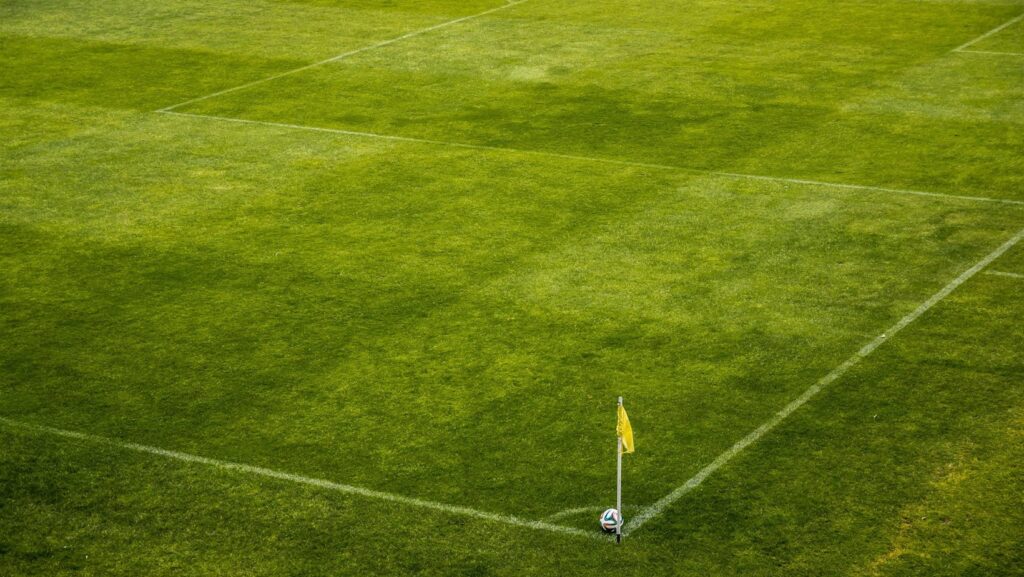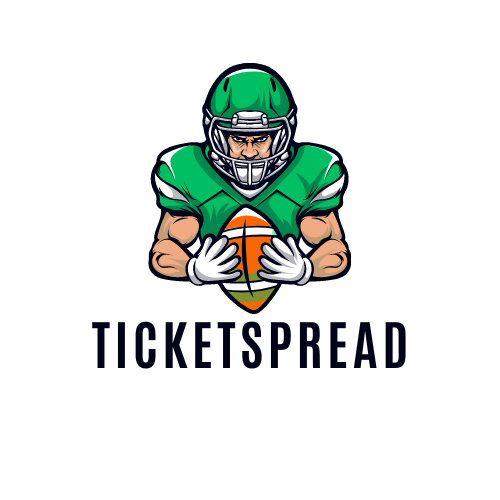Dive into the captivating world of soccer tactical analysis, where strategy meets skill, and every move can change the game. It’s here that the magic of soccer truly unfolds, beyond the dazzling footwork and thrilling goals.
This article unravels the intriguing aspects of soccer tactics, shedding light on how coaches and players alike use strategic planning to gain the upper hand. Whether you’re a seasoned soccer enthusiast or a budding fan, you’ll find the insights in this piece both enlightening and engaging.
So, brace yourself for an exciting journey through the labyrinth of soccer tactics. You’ll discover how this beautiful game is much more than just kicks and goals – it’s a chessboard with 22 pieces, each with a crucial role to play.

Soccer Tactical Analysis
Soccer tactical analysis represents a method soccer teams use to gain a competitive edge. This section of our ongoing discussion delves deeper into the rudiments of soccer tactics and the tools utilized in analyzing these strategies.
The Basics of Soccer Tactics
Soccer tactics encompass the collective and individual decisions made by players on the field. Coaches use soccer tactics to iron out their team’s game plan, which usually entails having both offensive and defensive strategies. For instance, teams may choose to focus on maintaining ball possession, while others may prioritize quick, counter-attacking plays.
Noteworthy, soccer tactics determine a player’s positioning on the pitch depending on their strength. For example, fast-paced players with good dribbling skills are often placed on the wings, while robust and strong players are positioned in defense. Manipulating these positional tactics empowers a team and lays the groundwork for their success on the pitch.
Tools Used in Soccer Analysis
Soccer analysis doesn’t hit the nail on the head without the help of certain analytical tools. These tools itemize player statistics, measure performances, and provide a visual representation of different game scenarios. For instance, heat maps illustrate a player’s movement and positions throughout a match, giving analysts a better grasp of the player’s influence on the game.
In addition, software like Opta and Wyscout offer comprehensive player and team data including passes, tackles, and goals. They serve as tools to break down complex game situations, providing more precise information to influence coaching decisions. Furthermore, video analysis software has seen a widespread adoption, helping teams to analyze their former matches and adjust their tactics accordingly.

Techniques in Soccer Tactical Analysis
Building on the previously-discussed nuances of formations, player roles, and data analysis in soccer, this section continues to break down two more essential tools in soccer tactical analysis: video analysis and real-time tracking technologies.
Video Analysis
Video analysis serves as a cornerstone technique in soccer tactical studies. By scrutinizing recorded matches, analysts can identify team patterns, player behaviors, and positional strategies. Examples include an attacker’s favored dribbling direction or a midfielder’s pass distribution range. While slow-motion replays of significant game situations lend understanding to tactical decision-making processes, careful examination of uncut video material illuminates repetitive patterns.
In terms of quantifiable gains, video analysis stands unparalleled. For instance, researchers from the University of Croatia conducted a study of the FIFA 2018 World Cup matches, revealing that teams with a high ball-passing frequency had a 53% chance of winning.
Real-Time Tracking Technologies
Accelerating the evolution of soccer tactical analysis, real-time tracking technologies have surfaced. Optical tracking systems and GPS trackers are among the most prevalent technologies in use today. Essentially, these systems capture player and ball movements throughout a game, providing metrics such as speed, acceleration, and distance covered.
To illustrate, consider how GPS trackers offer a more extensive overview of players’ physical exertion throughout a match. A player covers on average 10-12 kilometers in a game. Positioning GPS trackers on players can monitor and record these movements, helping assess player condition and ultimately shaping substitutions and tactics within the game.
Such use of advanced technologies revamps soccer analysis, forging a symbiotic relationship between data, strategy, and performance. Notably, it maximizes the opportunity to outsmart opponents, turning soccer into a game of brains as much as brawn.
As the sport evolves, so too will the tools and techniques of tactical analysis, forever changing the face of soccer.

